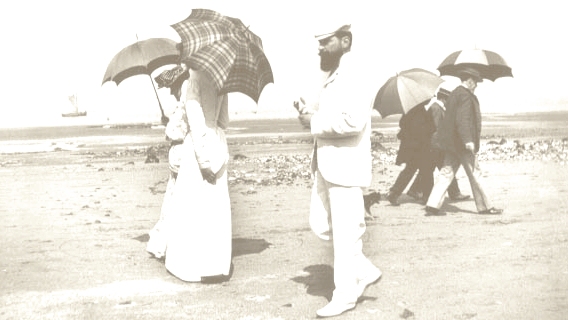Concert PitchThroughout the first half of the 19th century, there was a tendency for the pitch used by orchestras to rise. This was probably largely due to orchestras competing with each other, each attempting to fill increasingly large concert halls with a brighter, more "brilliant", sound than that of their rivals. They were helped in this endeavour by the improved durability of the violins' E-strings - in the 16th century, Michael Praetorius had rejected various high pitch standards as leading to snapped strings, but the new strings could take the higher tension without breaking.
The rise in pitch at this time can be seen reflected in tuning forks. A 1815 tuning fork from the Dresden opera house gives A = , while one of eleven years later from the same opera house gives A = . At La Scala in Milan, the A above middle C rose as high as .
The most vocal opponents of the upward tendency in pitch were singers, who complained that it was putting a strain on their voices. Largely due to their protestations, the French government passed a law on February 16, 1859 which set the A above middle C at 435 Hz. This was the first attempt to standardize pitch on such a scale, and was known as the diapason normal. It became quite a popular pitch standard outside of France as well.
Wikipedia



